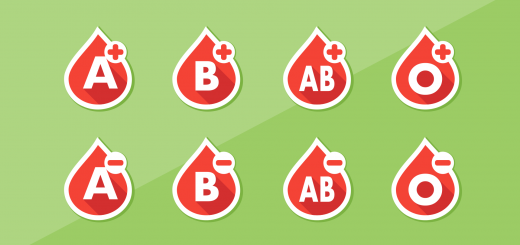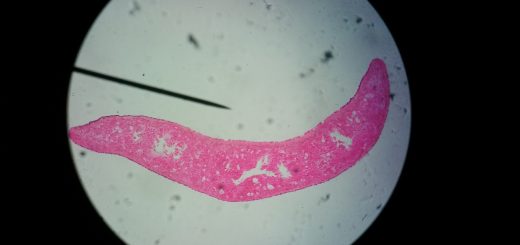Understanding the Greenhouse effect

Author(s): Octavian Horia Minda
Summary
Students study past climate change, explore the effect of greenhouse gases on Earth’s atmosphere today, and consider human impact on global warming
| Subject | Green Biotechnology |
| Topic | |
| Age of students | 12-15 |
| Preparation time | 60Minutes |
| Teaching time | 2 class periods 45 minutes |
| Online teaching material (links for online material) | |
| Offline teaching material | For each pair or small group of students:three thermometerstwo clear glass jars that will fit over the thermometerssun lamp or sunny windowsillpaper towelsScientific notebooks or journals for recording data and observationsGraph paperOne clock to be used by the entire class |
Aim of the lesson
By the end of this lesson students will:
- 1) Understand what global climate change is and how it affects our lives
- 2) Learn about greenhouse gases and begin to consider what events are causing an increase in the amount of greenhouse gases in the atmosphere
Activities
Describe here in detail all the activities during the lesson and the time they require. Remember, that your lesson plan needs to revolve around the topic of bioeconomy.
| Name of activity | Procedure | Time |
| Introduction | Write the word climate on the board and ask students to try to define it. Write down their suggestions on the board. Once the list is complete, help students synthesize their ideas into a class definition. For example, one definition might be: “Climate is how weather acts over a large area over many years.” Then have students discuss different types of climate areas on Earth: for example, polar, temperate, mountain, etc.2. Ask students to think about the term global climate . Ask them how global climate might differ from regional or local climate. Discuss with students that the term global climate describes Earth’s overall climate variability — such as average temperature, average precipitation, average intensity of winds, and other conditions of Earth’s overall atmosphere and at its surface — separate from any specific weather events or local climate conditions | 10min |
| What is global climate change? | What is the difference between weather and climate?How do scientists measure the average world temperature in past eons?Before 8000 B.C., dramatic changes in average temperature occurred over just a few years’ time. What was happening to the global climate before 8000 B.C.?Dramatic global climate change is evident in many places on EarthExplain how the tilt of Earth on its axis is related to our changing seasons.What evidence do the shells provide to scientists?What is the most recent scientific explanation for the dramatic climate change that caused the Sahara’s massive lakes to dry up? | 35min |
| The Greenhouse gases | Divide the class into small groups to begin exploring the effects of greenhouse gases on our atmosphere. Distribute the prepared materials to each group. Have each group place three thermometers within a few inches of each other on a sunny windowsill or under a sun lamp. Be sure that all three thermometers receive the same amount of light for the entire class period. Have students move on to the next activity, but ask them to periodically check the thermometers until they are at exactly the same temperature. Ask students to record this temperature and the time.6. Now cover two thermometers with glass jars, leaving one thermometer uncovered. Students should place a wet paper towel inside one of the two jars. Use water at room temperature to wet the paper towel. (In this experiment, the water vapor will act like a greenhouse gas and increase the temperature in the jar with the wet paper towel even more than the temperature in the dry jar.) Continue with the next activity, but have students periodically check all three thermometers and record the temperature and time.7. The presence of greenhouse gases, compounds in the atmosphere that trap heat, maintains Earth’s temperature. Human activities, however, are increasing greenhouse gas concentrations and affecting global temperatures. | 30min |
| If they have not already done so, have students take temperature readings of the thermometers inside the jars and compare them to the temperature of the thermometer outside the jars | Xmin | |
| In small groups, have students take their final temperature measurements and analyze the data that they have collected. Students should graph the data to show how the temperature of the thermometers under the “dry” glass jar and the “moist” glass jar changed throughout the day, and how these temperatures compared with the temperature of the thermometer outside the jars. Finally, ask students to write a summary of their findings and how these results compare to the greenhouse effect of our atmosphere | Xmin | |
| Feedback | Have students discuss the following:What tools/methods are used to study climate change in the history of Earth?What is the general climatic trend on Earth as revealed by the evidence gathered through these methods?Distinguish between the greenhouse effect and global warming.In what ways are humans having an effect on the concentration of greenhouse gases? | 15min |
Assessment
Describe here the assessment method of the lesson, if any. For example, if you plan on assessing your students with a quiz, include here questions and answer options with color-coding the correct answers.





